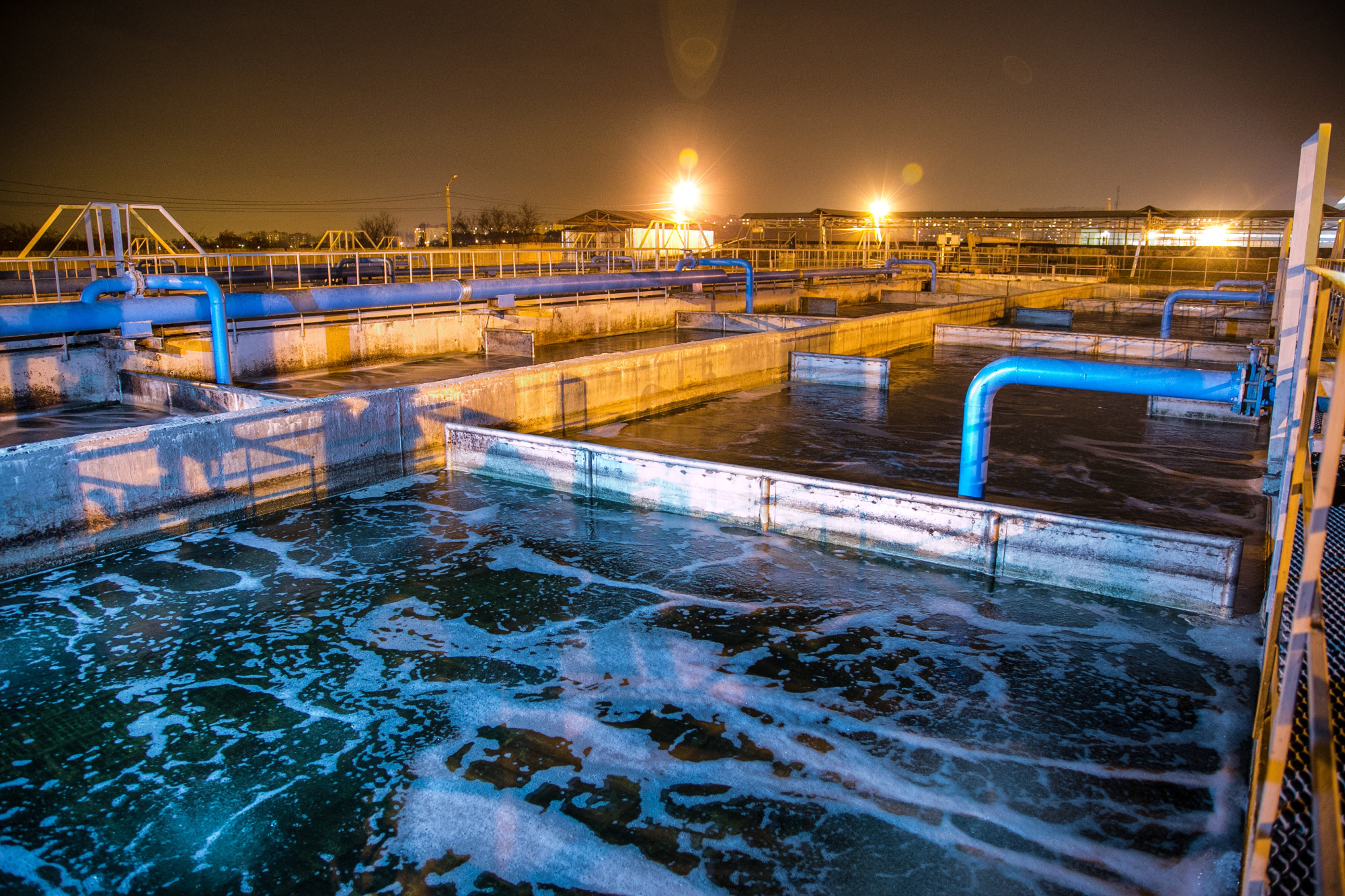As humans, our relationship to water has changed as we’ve progressed technologically.
In the poorest parts of the world, water is still hard to come by, let alone clean water. Whether it’s the infrastructure that prevents accessibility or it’s an issue of the water being unfit for consumption, we’re talking about a problem that affects a huge percentage of the population. In the richest parts of the world, water is simply taken for granted, but the treatment of wastewater is a hot-button issue.
Right now, our municipal and industrial wastewater usually ends up in a central treatment plant, where a 4-step process removes most of the contaminants. Although this is a positive in terms of water quality, a huge amount of energy is used in order to make wastewater treatment happen. In this post, we’re going to look at 4 key considerations for the sustainable treatment of wastewater.
1. Trying Better Aeration
The way that all water treatment plants work is by using oxygen to break down the pollutants in the wastewater. The blowers used to disperse the dissolved oxygen can account for up to 60% of the energy used to operate the treatment facility, depending on the concentration of pollutants.
One way to make the process of pumping dissolved oxygen into the wastewater more efficient and thus, more eco-friendly would be to integrate dissolved oxygen probes. Putting these probes into the water to determine the pollutant concentration and control the blowers would be far more energy-efficient than current blower practices.
2. Anaerobic Digesting
Anaerobic systems don’t require oxygen or aeration of the wastewater. Instead, they use a different host of bacteria to break down the contaminants in the water. This is a much more effective method for treating “high-strength” wastewater, which means from industrial plants like food processing facilities and slaughterhouses.
Municipally speaking, anaerobic digesters are used to break down “waste activated sludge”. Switching from aeration to anaerobic methods can save huge amounts of energy, but retrofitting old anaerobic systems with new ones that have higher digester capacity can make an even bigger difference.
3. The Use of Motors
Wastewater facilities use electric motors to control water pumps, air blowers, chemical pumps, and the opening and closing of valves. This accounts for almost all of the electrical energy consumption at these facilities, so one thing we could do to improve sustainability in wastewater plants is to examine the efficiency of the motors that are being used.
Replacing all old motor models with newer, state-of-the-art ones can make a massive difference in the electrical output. Motors produced in the last few years are held to a different efficiency standard than ones built decades ago.
4. Pumping Problems Away
Another thing wastewater treatment centers have to think about is storage capabilities. Most are trying to pump water out as quickly as they’re pumping it in, in order to minimize the amount of time water is being stored. To do this properly, flow control has to be used in the pumping systems, but this isn’t always done in an energy-efficient manner.
One potential opportunity is the use of variable frequency drives, which match the rotation of the pump shaft with the rotation that is best for water flow. Theoretically, this provides far less energy loss than the throttling valves that are currently in use, but more research is needed here.
Sustainable Treatment of Wastewater Is the Future
Our treatment of wastewater is one of many things that we need to improve in order to create a more sustainable society. Wastewater treatment is crucial for ensuring that people everywhere are getting clean, drinkable water, but the way we treat it costs us in other ways. These are just a few considerations for a sustainable future, but surely more will come as we start thinking harder about the impact of our wastewater treatment facilities.
If you enjoyed this post, come back again for more on tech, health, and fitness.









